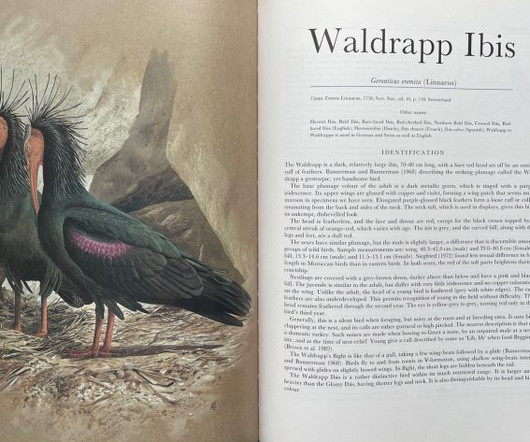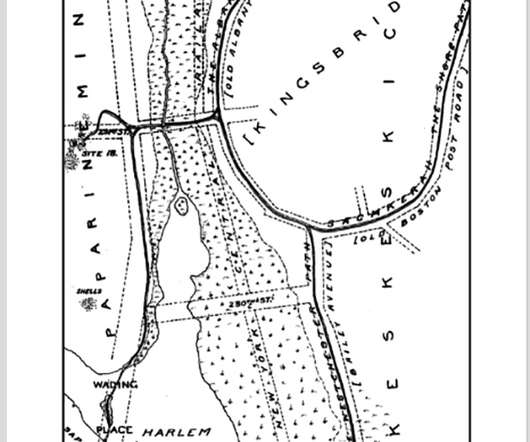The return of the Old Man
10,000 Birds
FEBRUARY 23, 2024
Sadly, they no longer breed in Algeria, while in Turkey no free-flying birds remain. (In Storks, Ibises and Spoonbills of the World states that “disturbance by local people, tourists, and egg and zoo collectors has similarly reduced the colonies, and more protection is vital”. In 1890 an estimated 3,000 pairs nested in Birecik.)












Let's personalize your content